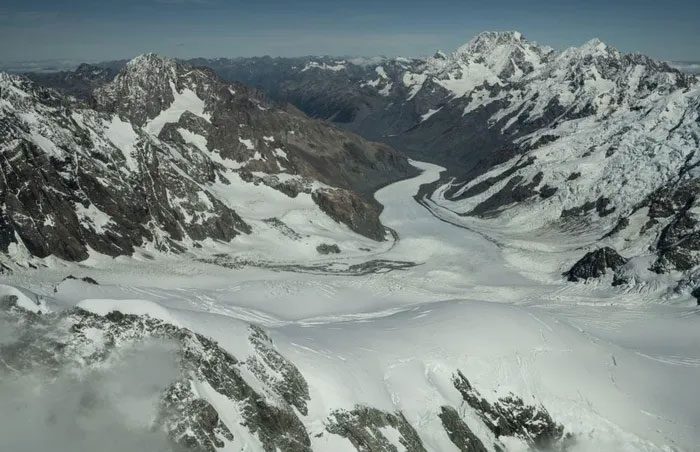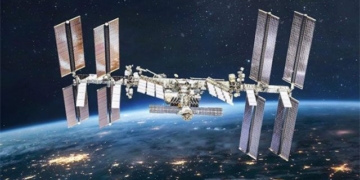The team leader of the National Institute of Water and Atmospheric Research (NIWA) has stated that glaciers are melting faster in recent years, causing New Zealand to face a continuous trend of glacier loss.
The National Institute of Water and Atmospheric Research (NIWA) published a report on March 25, indicating that glaciers in the country are “continuing to shrink” and are at risk of disappearing due to prolonged ice loss.

Glaciers are an important part of New Zealand’s environment, economy, and culture. (Source: NIWA).
NIWA has been surveying the status of glaciers at the end of each summer annually since the 1970s.
According to Andrew Lorrey, the survey team leader, this research illustrates how the stunning landscape of New Zealand is transforming.
The accelerated melting of glaciers in recent years has led New Zealand to confront a continuous trend of glacier loss.
According to Mr. Lorrey, the cause of this phenomenon is the rising global temperatures. Eight out of the ten warmest years on record in New Zealand (since statistics began) have occurred in the past decade.
2023 is recorded as the second warmest year, a trend mirrored worldwide, with 86% of the Earth experiencing above-average temperatures this year.
Mr. Lorrey remarked: “Even if we have a few cooler seasons, it will not be enough to compensate for the damage that has been done.”
Glaciers are a crucial part of New Zealand’s environment, economy, and culture. They serve as an important water source for residents, help maintain habitats, and provide nutrients to lakes, rivers, and oceans.
According to Mr. Lorrey, glaciers also supply water for hydroelectric lakes, impacting existing renewable energy sources and contributing millions of dollars to New Zealand’s economy through tourism.
New Zealand is one of the few mid-latitude locations where people live near glaciers. Visitors to New Zealand can easily observe these glaciers.
However, this is becoming increasingly difficult, as tour groups must venture deeper into mountainous regions to reach the glaciers.



















































